Roberto Maroldi
University of Brescia
Prognosis Prediction in Covid-19 Patients from Lab Tests and X-ray Data through Randomized Decision Trees
Oct 09, 2020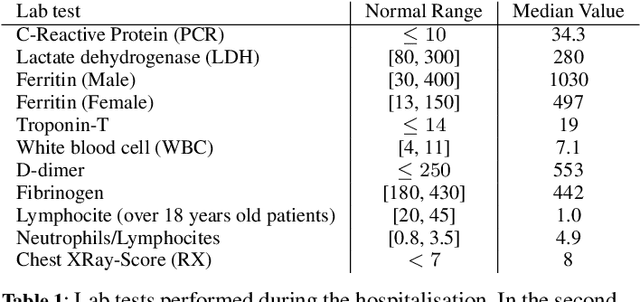


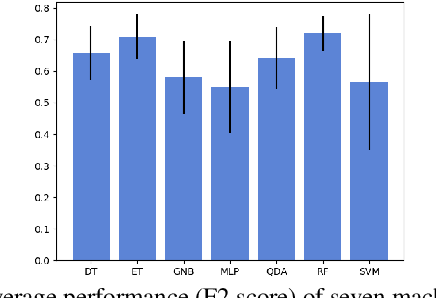
Abstract:AI and Machine Learning can offer powerful tools to help in the fight against Covid-19. In this paper we present a study and a concrete tool based on machine learning to predict the prognosis of hospitalised patients with Covid-19. In particular we address the task of predicting the risk of death of a patient at different times of the hospitalisation, on the base of some demographic information, chest X-ray scores and several laboratory findings. Our machine learning models use ensembles of decision trees trained and tested using data from more than 2000 patients. An experimental evaluation of the models shows good performance in solving the addressed task.
* 5th International Workshop on Knowledge Discovery in Healthcare Data (KDH) at ECAI 2020, mortality prediction, COVID-19
End-to-end learning for semiquantitative rating of COVID-19 severity on Chest X-rays
Jun 08, 2020
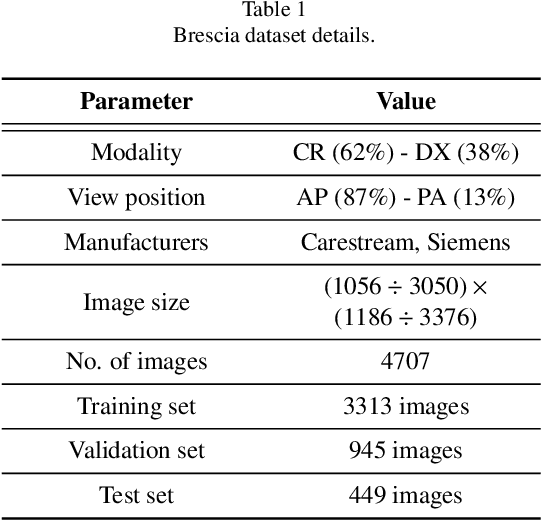
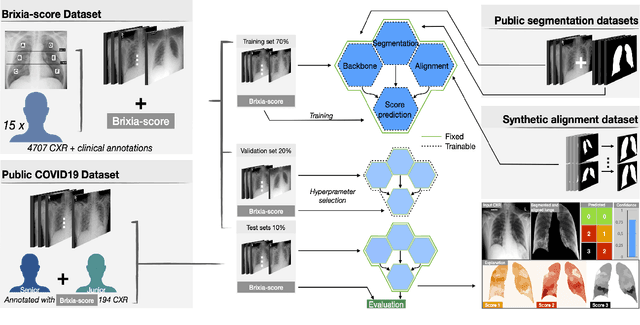
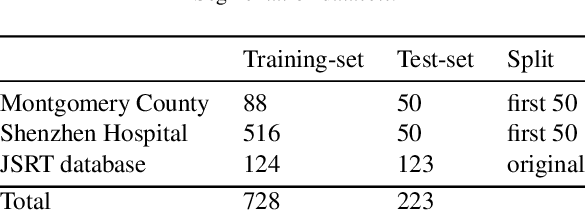
Abstract:In this work we designed an end-to-end deep learning architecture for predicting, on Chest X-rays images (CRX), a multi-regional score conveying the degree of lung compromise in COVID-19 patients. Such semiquantitative scoring system, namely Brixia-score, was applied in serial monitoring of such patients, showing significant prognostic value, in one of the hospitals that experienced one of the highest pandemic peaks in Italy. To solve such a challenging visual task, we adopt a weakly supervised learning strategy structured to handle different tasks (segmentation, spatial alignment, and score estimation) trained with a "from part to whole" procedure involving different datasets. In particular, we exploited a clinical dataset of almost 5,000 CXR annotated images collected in the same hospital. Our BS-Net demonstrated self-attentive behavior and a high degree of accuracy in all processing stages. Through inter-rater agreement tests and a gold standard comparison, we were able to show that our solution outperforms single human annotators in rating accuracy and consistency, thus supporting the possibility of using this tool in contexts of computer-assisted monitoring. Highly resolved (super-pixel level) explainability maps were also generated, with an original technique, to visually help the understanding of the network activity on the lung areas. We eventually tested the performance robustness of our model on a variegated public COVID-19 dataset, for which we also provide Brixia-score annotations, observing good direct generalization and fine-tuning capabilities that favorably highlight the portability of BS-Net in other clinical settings.
 Add to Chrome
Add to Chrome Add to Firefox
Add to Firefox Add to Edge
Add to Edge